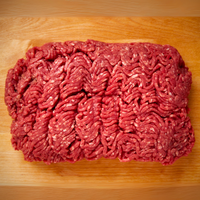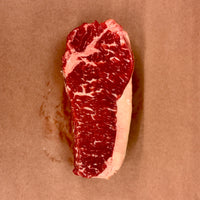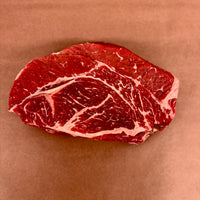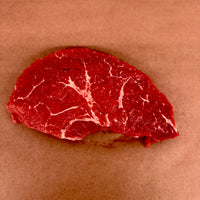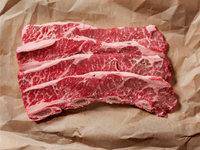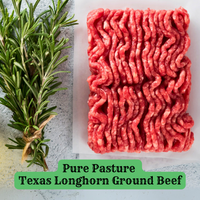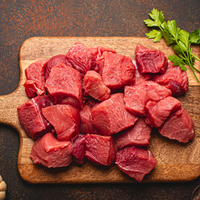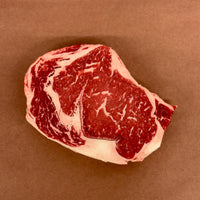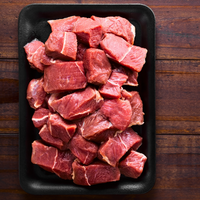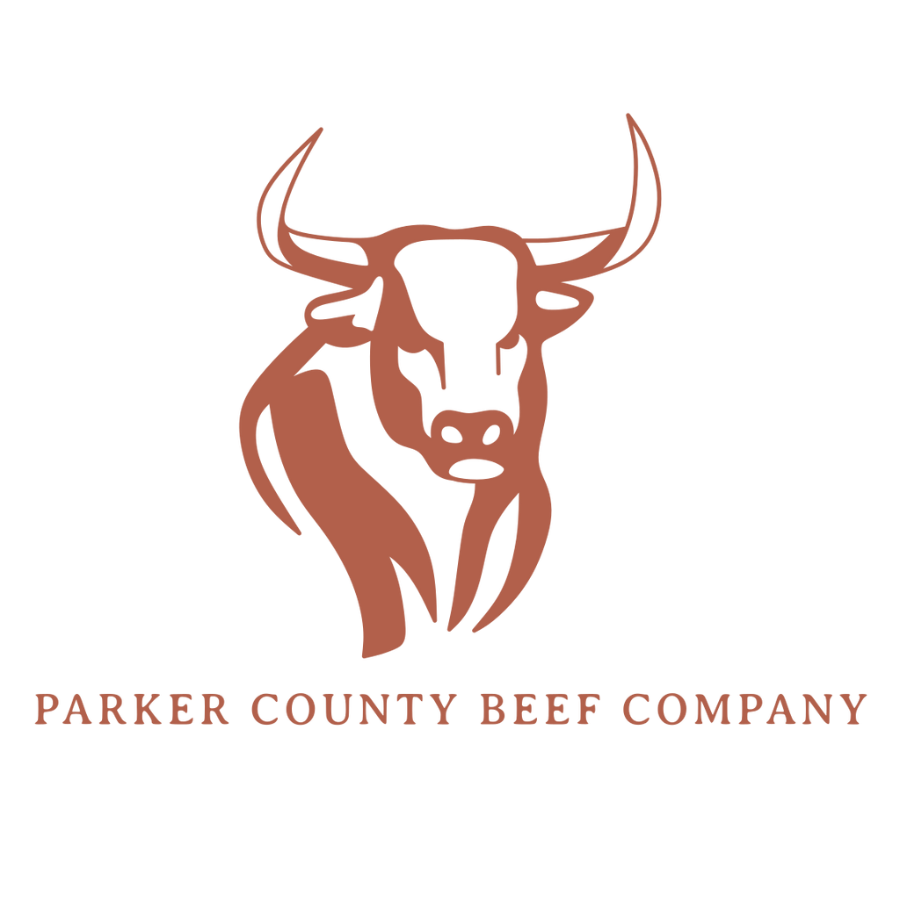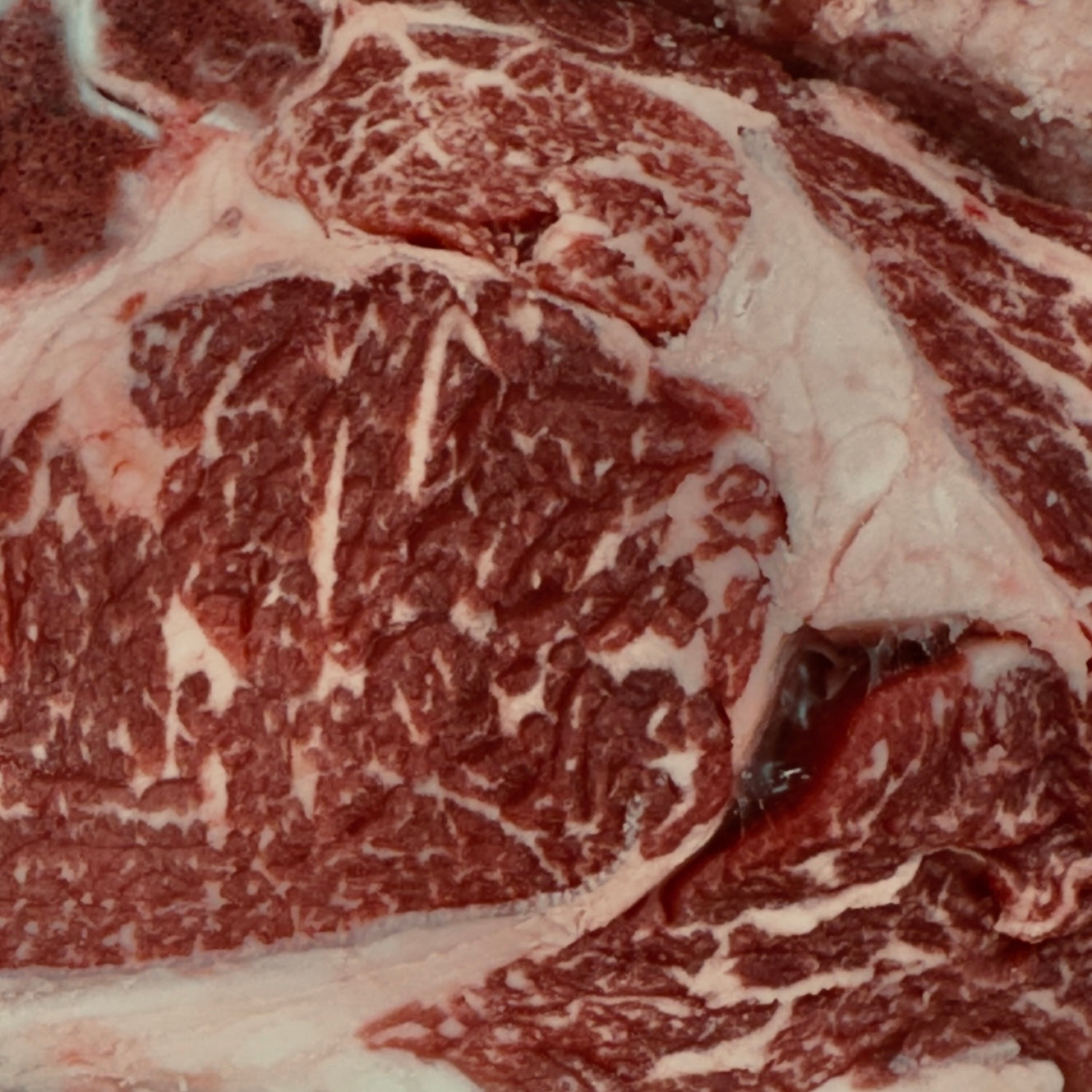Optimizing Beef Processing: How Parker County Beef Company Combines Old-School Practices with Modern Technology
At Parker County Beef Company, we are always looking for ways to improve our operations while staying true to time-tested methods. In the beef processing industry, the standard practice has long been paper-based cut sheets—documents that follow each animal through the entire process. While this method works, it presents challenges such as durability in humid and temperature-variable conditions. On the other hand, fully digital systems, while efficient, can be cumbersome for butchers and processors who work with knives and gloves. So, what’s the solution? A hybrid beef processing system that brings together the best of both worlds!
The Evolution of Our Beef Processing Workflow
Traditional Paper-Based System
Historically, beef processors relied on handwritten cut sheets that accompanied each order from start to finish. While straightforward, this method was prone to errors, misplacement, and wear-and-tear due to the harsh conditions inside a processing plant. Additionally, keeping track of every step manually required significant effort.
Going Fully Digital: The Pros and Cons
In an effort to modernize, we tested a fully digital tracking system. Each animal was serialized upon harvest and tracked digitally at every step of processing. However, while this improved record-keeping, it also required butchers to interact with computers—an impractical demand for workers handling raw meat and sharp tools.
The Hybrid Approach: The Best of Both Worlds
To optimize efficiency and maintain accuracy, we implemented a hybrid workflow that integrates both paper and digital tracking. Here’s how it works:
-
Job Ticket Holders for Physical Cut Sheets
-
Customers fill out traditional cut sheets when they drop off their beef.
-
These sheets are placed in job ticket holders, which are then mounted on our processing wall.
-
This provides a visual representation of workflow progress for all team members.
-
-
Digital Integration for Accuracy
-
The handwritten cut sheets are entered into our digital system.
-
Instead of requiring butchers to use computers, we print out digital copies for easy reference.
-
Each order receives three printed copies—one for cutting, one for packaging, and one for labeling.
-
-
Checks and Balances for Quality Control
-
At each stage of processing, team members mark off completed steps.
-
The green dot system ensures nothing is missed—every steak, roast, and package is accounted for.
-
A carcass sticker stays with the order to ensure traceability from start to finish.
-
-
Aging and Organization Made Easy
-
Our beef undergoes a 14-day aging process, and our processing wall helps track this timeline.
-
Orders move along designated hooks on the wall, allowing staff to quickly see what’s ready for the next step.
-
When aging is complete, the team knows exactly which orders to break down, package, and prepare for pickup.
-
Why This Matters for Our Customers
By blending old-school reliability with modern efficiency, we ensure that every order is processed accurately and efficiently. Our hybrid system minimizes errors, streamlines workflow, and maintains the integrity of each customer’s order.
If you’re looking for high-quality USDA-inspected beef processing in Springtown, Texas, we offer flat-rate processing for $750 with vacuum-sealed packaging for maximum freshness.
Experience the Parker County Beef Difference
We are committed to transparency, efficiency, and quality in everything we do. By continually refining our processes, we can serve ranchers and beef suppliers with a reliable, streamlined, and accurate processing experience.
Want to learn more or schedule your processing? Visit us at ParkerCountyBeefCompany.com today!
